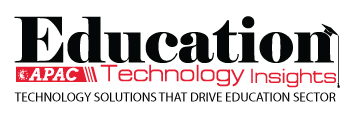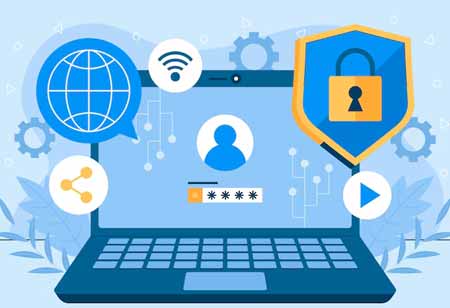THANK YOU FOR SUBSCRIBING
Be first to read the latest tech news, Industry Leader's Insights, and CIO interviews of medium and large enterprises exclusively from Education Technology Insights
The Future of Higher Education ERP Systems in Canada
Canadian higher education institutions are transitioning to cloud-based ERP systems to improve efficiency, support data-driven decision-making, and enhance the student experience amid financial pressures and rising student expectations.

By
Education Technology Insights | Friday, November 14, 2025
Stay ahead of the industry with exclusive feature stories on the top companies, expert insights and the latest news delivered straight to your inbox. Subscribe today.
Fremont, CA: Higher Education institutions in Canada are navigating a complex landscape defined by financial pressures, rising student expectations, and the demand for greater operational efficiency. As a result, Enterprise Resource Planning (ERP) systems are moving from monolithic, on-premise solutions to intelligent, cloud-native platforms. The future of Canadian Higher Ed ERP is focused on seamless integration, data-driven decision-making, and a truly unified student and staff experience.
Catalysts for Change in Canadian Higher Education
Several structural shifts within the Canadian educational landscape are prompting universities and colleges to modernize their core administrative systems. Increasing financial scrutiny—driven by declining public funding as a share of overall revenue and prolonged domestic tuition freezes, particularly in Ontario—requires institutions to strategically reduce costs, optimize resource allocation, and enhance financial transparency. At the same time, the rise of the student-as-consumer model is elevating expectations for seamless, mobile-friendly, and personalized digital experiences — from application to alum engagement, a standard that legacy ERP platforms struggle to meet. The acceleration of hybrid and online learning models in the post-pandemic era has further underscored the need for real-time integration between enterprise systems, Learning Management Systems (LMS), and other digital tools. Additionally, institutions face growing pressure to generate accurate, real-time data to fulfil reporting mandates, evaluate learning outcomes, and support evidence-based planning to improve student success.
Technological Trends Shaping Next-Generation Canadian ERPs
The evolution of ERP systems in Canada is being driven by rapid advancements in digital technologies and a fundamental shift in system architecture. Cloud-based Software as a Service (SaaS) platforms now dominate the landscape, offering scalability that aligns with fluctuating enrollment patterns, reduced total cost of ownership through vendor-managed infrastructure, and automatic updates that ensure continuous access to the latest features and compliance enhancements. Artificial Intelligence (AI), Machine Learning (ML), and predictive analytics are also transforming ERP systems into strategic decision-making tools. These technologies enable intelligent automation of routine administrative processes, early identification of at-risk students through advanced modelling, and more accurate forecasting to inform budgeting, staffing, scheduling, and facility planning. In parallel, institutions are increasingly favouring hybrid, best-of-breed ecosystems over monolithic ERP solutions. By integrating specialized applications—such as advanced CRM or HR platforms—through robust integration layers and iPaaS technologies, universities can achieve real-time data flow across systems and deliver a superior user experience for students, faculty, and staff. As a result, next-generation ERPs prioritize unified student interfaces, real-time financial visibility, integrated human capital management, and rigorous data governance frameworks that align with Canadian privacy and residency requirements.
The Canadian Higher Education sector is on the cusp of a major ERP revolution. By embracing cloud computing, AI-powered insights, and a student-centric, integrated architecture, universities and colleges are positioning themselves for a future defined by operational excellence, financial sustainability, and ultimately, improved student outcomes.







